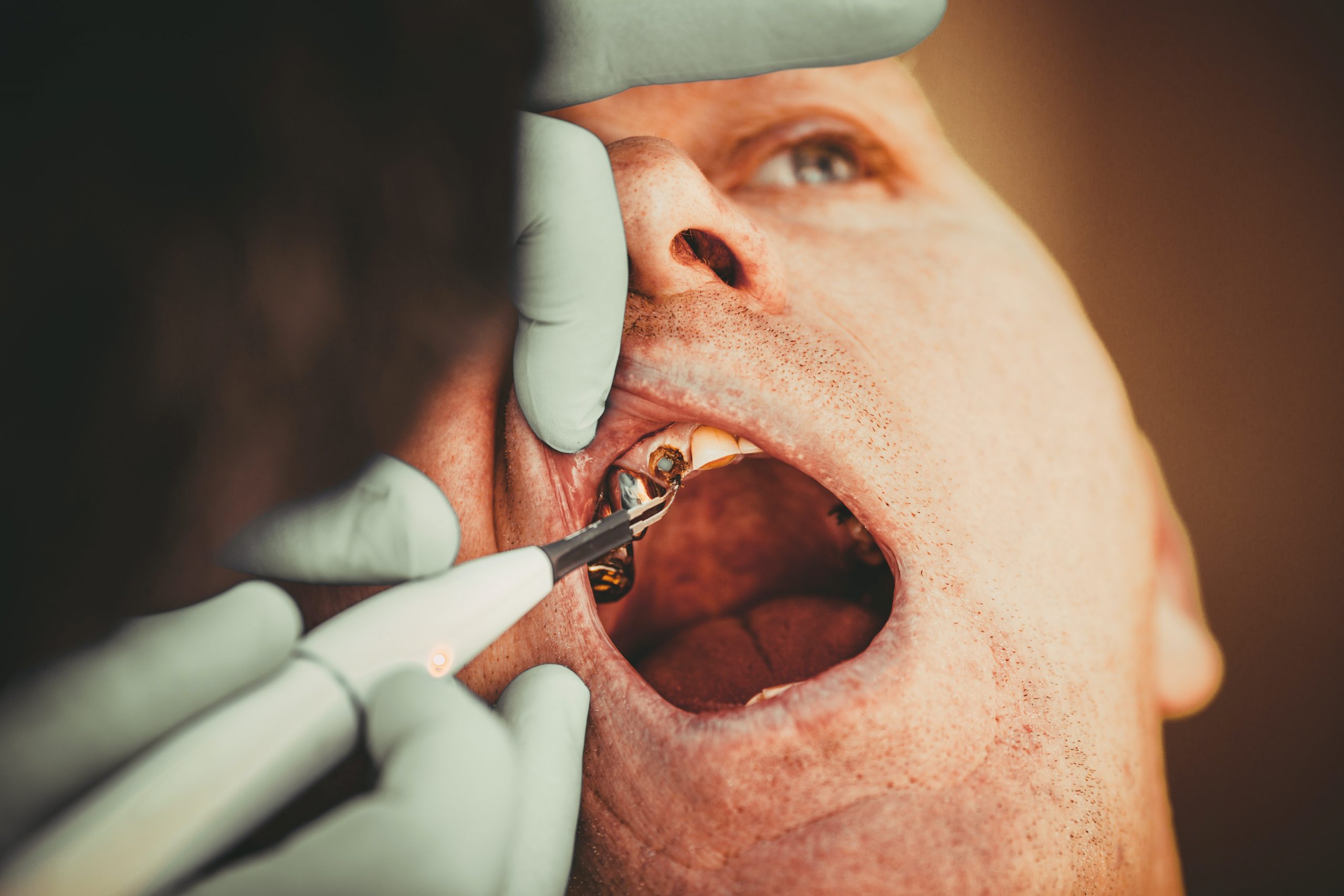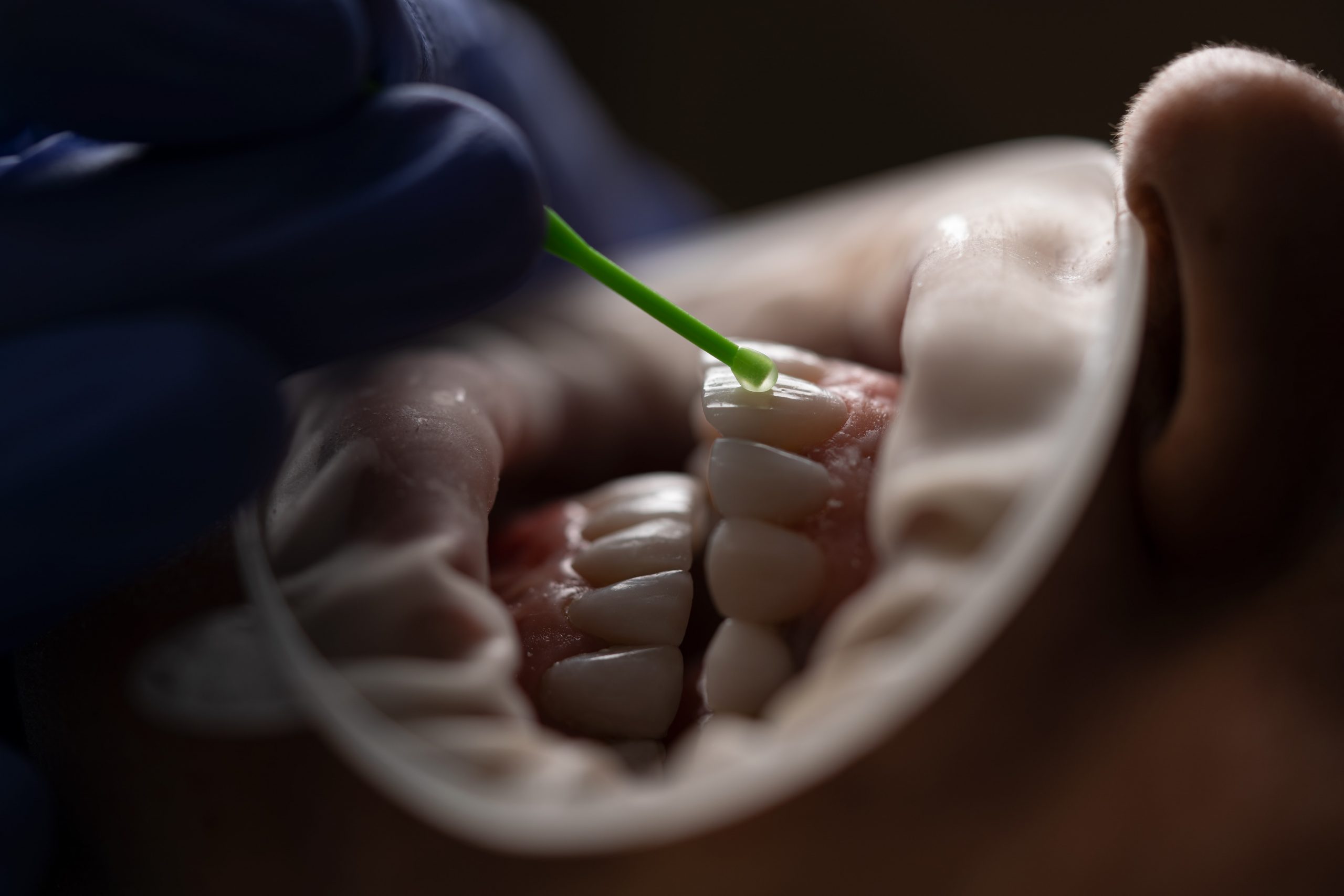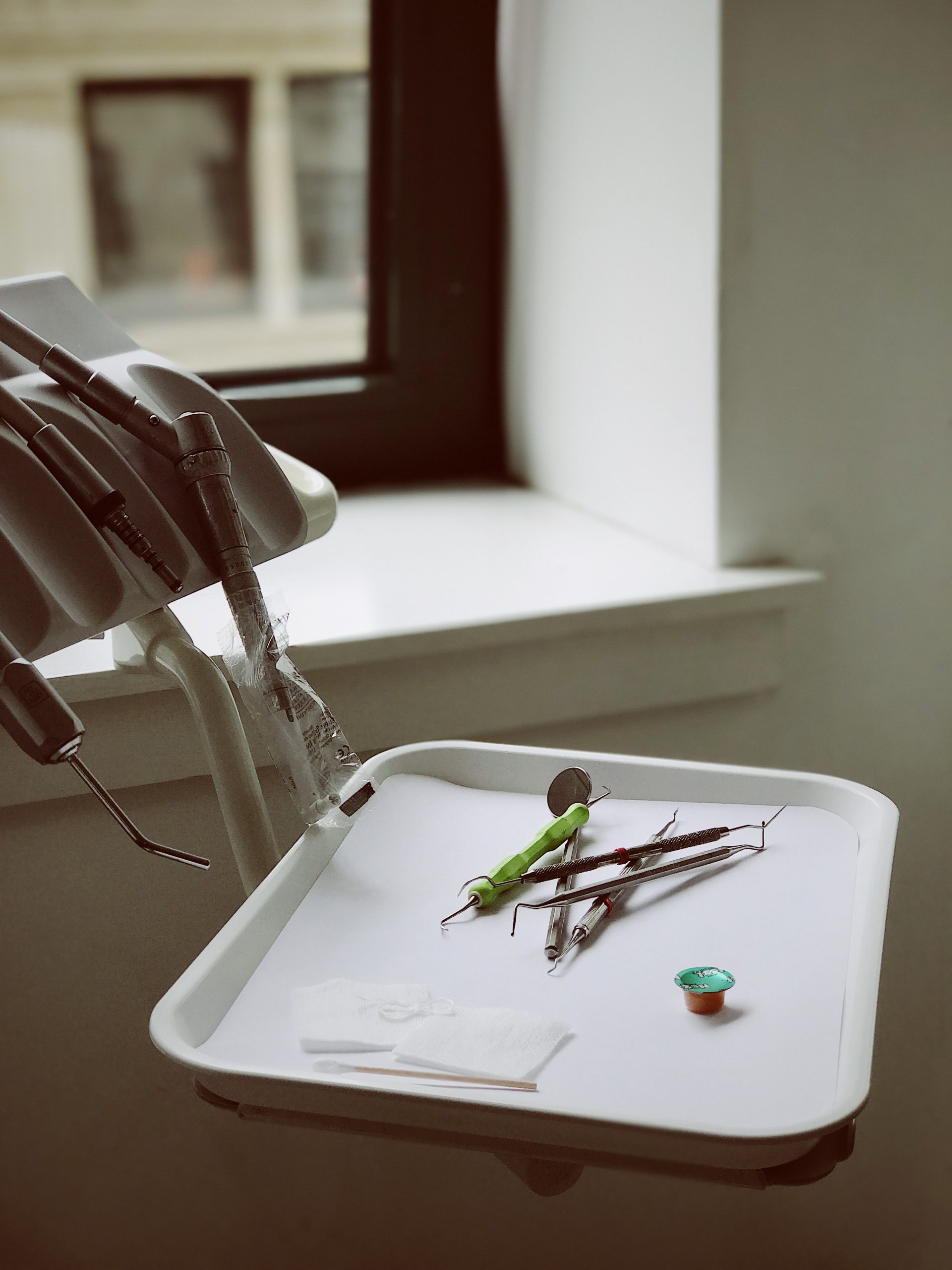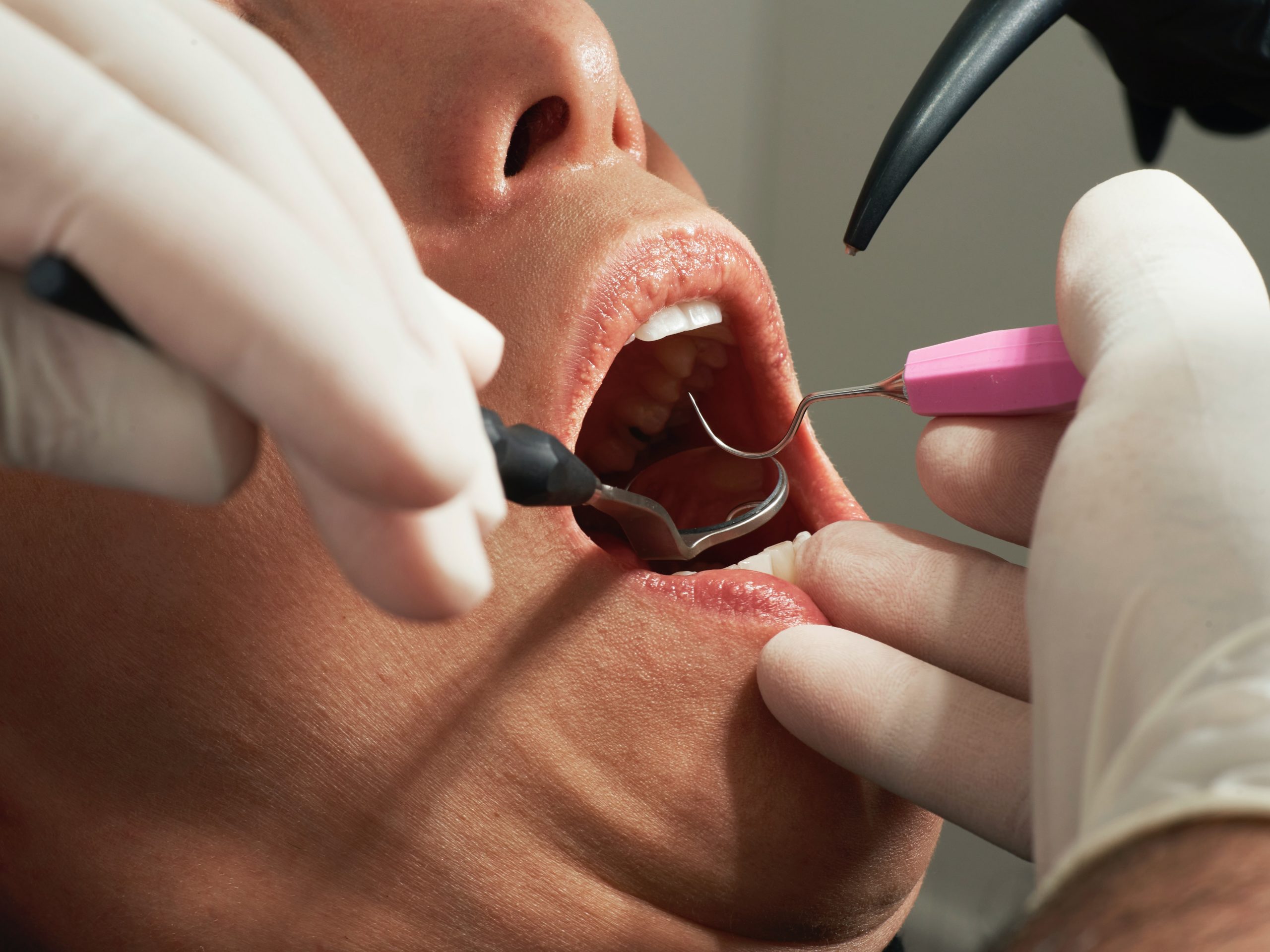
Dental Adhesion and Bonding Systems
Dental adhesion and bonding systems are techniques used by dentists to attach materials such as composite resins, ceramic restorations, and orthodontic appliances to the natural teeth. The purpose of bonding is to create a strong bond between the tooth structure and the material, which helps to enhance the appearance, strength, and function of the teeth.
Introduction to Dental Adhesion and Bonding Systems
Dental adhesion is the process of attaching materials to the tooth structure by creating a chemical bond between the material and the tooth surface. Bonding systems are the materials used for bonding, which include bonding agents, primers, adhesives, and etchants. The success of dental bonding depends on various factors such as the type of material used, the condition of the tooth surface, and the technique used.
Types of Dental Adhesion and Bonding
There are primarily two types of bonding systems: total-etch and self-etch systems. Total-etch systems involve the use of acid etching to create micropores on the tooth surface, which improves the retention of the bonding material. Self-etch systems, on the other hand, do not require acid etching as they contain acidic monomers that can penetrate the tooth surface and create a chemical bond.
Advantages and Disadvantages of Dental Adhesion and Bonding Systems
The advantages of dental adhesion and bonding systems include their ability to preserve tooth structure, improve the aesthetics of the teeth, and provide a conservative alternative to traditional restorative methods. However, bonding systems also have certain limitations, such as their susceptibility to degradation and wear over time, as well as the potential for post-operative sensitivity.
Factors Affecting Dental Adhesion and Bonding Systems
Several factors can affect the success of dental adhesion, such as the type of material used, the bonding technique, the condition of the tooth surface, and the presence of moisture during the bonding process. Proper isolation of the tooth and the use of appropriate bonding techniques can help to improve the success of dental bonding.
Conclusion
Dental adhesion and bonding are essential techniques used by dentists to improve the function, strength, and appearance of the teeth. The success of bonding depends on several factors, including the type of material used, the bonding technique, and the condition of the tooth surface. Proper isolation and use of appropriate bonding techniques can help to improve the success of dental bonding, making it a valuable tool in modern dentistry.








